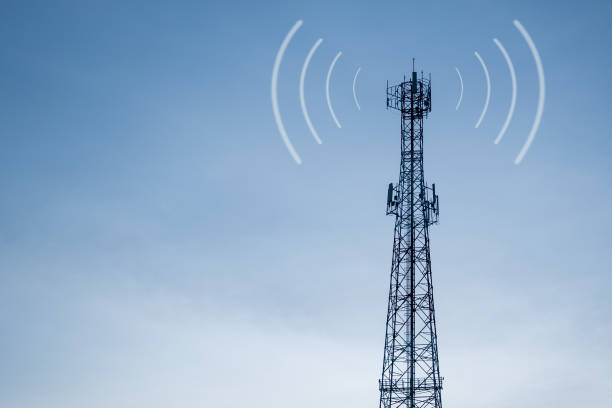Telecom Towers: Silent Sentinels of Connectivity
In the bustling world of telecommunications, one element often goes unnoticed despite its towering presence. Telecom towers, those steel giants dotting our landscapes, play a crucial role in keeping us connected. But what lies behind these structures, and how are they evolving to meet our insatiable demand for data? Let's explore the hidden world of these silent sentinels of connectivity.

The history of telecom towers dates back to the early days of mobile communication. In the 1980s, as cellular networks began to emerge, the first generation of towers were simple structures designed to cover small areas. As technology advanced and demand grew, towers became taller and more sophisticated, capable of supporting multiple carriers and technologies.
Today, telecom towers come in various shapes and sizes, from traditional lattice towers to monopoles and even camouflaged designs that blend into the environment. The average height of a tower ranges from 50 to 200 feet, with some reaching heights of over 1,000 feet.
The anatomy of a telecom tower
Understanding the components of a telecom tower provides insight into its functionality. At the base, a secure compound houses the power supply, backup generators, and other ground-based equipment. The tower itself is typically made of galvanized steel to withstand harsh weather conditions and potential corrosion.
Antennas are mounted at various heights on the tower, with each serving a specific purpose. Directional antennas focus signals in particular directions, while omnidirectional antennas broadcast in all directions. The placement and type of antennas are carefully calculated to optimize coverage and minimize interference.
Cables run from the antennas down to the base station equipment, carrying signals and power. Many modern towers also incorporate fiber optic cables for high-speed data transmission. At the top of the tower, aviation warning lights ensure the structure is visible to aircraft, adhering to safety regulations.
The economics of tower ownership
The business model behind telecom towers has evolved significantly over the years. Initially, mobile network operators (MNOs) built and maintained their own towers. However, the high costs associated with construction and maintenance led to the emergence of tower companies, or “towercos.”
Towercos specialize in owning and operating telecom infrastructure, leasing space on their towers to multiple MNOs. This model has several advantages: it reduces capital expenditure for MNOs, allows for faster network expansion, and promotes infrastructure sharing, which is more environmentally friendly and cost-effective.
The tower industry has seen significant consolidation in recent years, with large towercos acquiring smaller players to expand their portfolios. This trend has led to the creation of global tower giants that operate hundreds of thousands of towers across multiple countries.
Environmental and health considerations
As telecom towers have proliferated, concerns about their environmental and health impacts have arisen. The visual impact of towers on landscapes and urban areas has been a point of contention, leading to innovations in camouflage designs. Some towers are disguised as trees, clock towers, or even incorporated into existing structures like church steeples.
Health concerns primarily revolve around the electromagnetic radiation emitted by antennas. Numerous studies have been conducted to assess potential health risks, with regulatory bodies worldwide setting exposure limits. The consensus among health organizations is that, when operated within these limits, telecom towers do not pose significant health risks to the public.
The future of telecom towers
As we move towards more advanced wireless technologies, the role of telecom towers continues to evolve. The densification of networks to support higher data speeds and lower latency is driving the deployment of small cells – miniature base stations that complement traditional towers in urban areas.
Energy efficiency is another area of focus. Solar panels and wind turbines are increasingly being integrated into tower designs to reduce reliance on grid power and diesel generators. This not only lowers operating costs but also reduces the carbon footprint of the telecom industry.
Smart towers equipped with sensors and AI-powered monitoring systems are emerging, enabling predictive maintenance and improved operational efficiency. These intelligent structures can adjust antenna configurations in real-time based on network demand, optimizing performance and energy consumption.
Conclusion
Telecom towers, often overlooked in our daily lives, are the unsung heroes of our connected world. As we continue to push the boundaries of wireless technology, these structures will remain critical to our communication infrastructure. From their humble beginnings to their smart, energy-efficient future, telecom towers stand tall as testaments to human ingenuity and our unwavering desire to stay connected.





